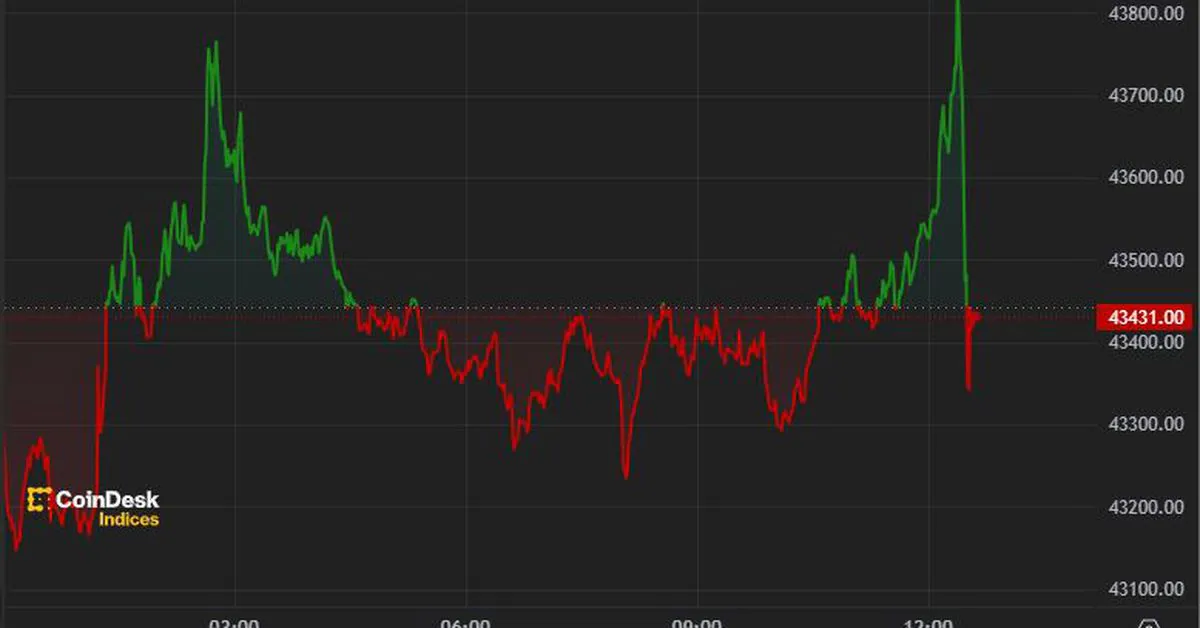From robots to terminals, the user experience of Web3 is becoming more and more intense.
From androids to interfaces, the user experience of Web3 is constantly growing in intensity.Author: Owen Fernau
Translation: LianGuai BitpushNews Mary Liu
In 2023, trading robots have gone from obscurity to being extremely popular crypto applications.
Top trading robots such as Maestro, Banana Gun, and Unibot have facilitated over $4 billion in trading volume in the past year and a half. In the past 30 days, Maestro and Banana Gun have consumed more gas than any other projects on Ethereum ecosystem, except Uniswap and USDT.
- The wind of inscriptions blows towards various major public chains. Is the nationwide frenzy behind blind following or a fair trend?
- Mint Cash behind the skyrocketing USTC A new exploration of stablecoins backed by Bitcoin collateral
- Reshaping the Boundaries of Computing The Current Situation and Outlook of Decentralized Computing Power
Main gas consumers on Ethereum
Trading robots offer a key advantage over the functionalities available to crypto traders in the past – they use something called intent, which means users indicate what they want and transfer the question of “how to do it” to the robots.
For example, with a subset of Telegram robots called Snipers, users can paste the token address for an upcoming airdrop and specify parameters such as the minimum amount to buy assets, slippage amount, and whether only in the first block after launch.
Banana Sniper interface
It turns out this level of control is useful, especially when meme coins were at their peak earlier this year (buying the right token early could mean millions of dollars in profit).
Escalating “inner-circle”
The success of these Telegram robots has spawned countless competitors, but when Stephane Gosselin, co-founder of Flashbots (a leading organization involved in maximizing extractable value), launched a new Telegram robot called Alfred last week, it sent a message: this industry might continue.
During last week’s Devconnect event focused on Ethereum, Gosselin found that developers were just starting to understand why Telegram robots make sense. He told The Defiant: “Most people think of robots as a bear market speculation, not a better interface for crypto and DeFi”.
Gosselin believes his work on Flashbots has a direct connection to Alfred. “I created Flashbots not to solve MEV, I created Flashbots to improve the user experience on Ethereum.”
MEV operation chain
Alfred builds on the work of Flashbots to implement MEV protection. This can protect users from the exploits of complex robots that have built-in program code that can take advantage of opportunities arising from submitted but unprocessed transactions.
Flashbot and the work to reduce MEV negative externalities inherently generate intent, and the “solver” ecosystem achieves this.
Gosselin believes that the infrastructure and intent surrounding MEV (originating from the development of MEV research) have reached a new stage of maturity. He says, “Now is the time to actually demonstrate its benefits to end users at the interaction level.”
Transaction Supply Network
From Robots to Terminals
Telegram is not the only hot spot for innovation in the crypto user experience. Unibot, the third-largest Telegram bot in terms of quantity, launched a web interactive interface last week.
According to its anonymous founder, Just Another Guy, the second-largest company, BananaGun, is also developing a web product. These products, called terminals, are gaining increasing attention as the “interaction layer” in the thriving crypto field.
Unibot Robot Terminal
Thunder’s founder, jackson, has bet on this area. Thunder is another project incubated through the Alliance accelerator.
jackson said, “I believe that ultimately every DEX, whether it’s Uniswap, dYdX, Curve, should eventually become these invisible settlement layers, and then the interaction layer needs to be built on top of them.”
jackson started creating a program to immediately purchase exclusive sneakers once they are available online. The founder added that all engineers at Thunder also have a background in “sneaker bots.”
Advantages of the Interaction Layer
Jackson believes that interfaces like Thunder have a natural advantage over interfaces like Uniswap Labs, which started charging fees last month. The idea is that an interface that only facilitates transactions through one protocol (like Labs) will not be able to offer better prices than an interface like Thunder, which draws liquidity from DeFi.
Gosselin believes that protocol-specific interaction interfaces will still retain users, but believes that terminals and bot models can also find their own positioning.
Just Another Guy states that this space is not slowing down—BananaGun adds 300 to 600 new users every day.
The competition for interfaces may also come from aggregators, which, like Telegram bots and terminals, can leverage multiple sources of liquidity. However, the difference with aggregators is that users must use traditional crypto wallets to access them. Therefore, aggregators are generally more secure but cannot provide the same level of customization as bots.
Looking ahead, Gosselin points out that large language models (LLMs) have propelled ChatGPT to become the fastest-growing consumer software product in history and will support customized interaction interfaces for each user.
Safety Concerns
One thing that is certain, just like all encryption technologies, the emerging interactive layer comes with risks. In this case, users will have to give up their private keys to use these solutions.
Kain Warwick, the founder of derivative platform Synthetix, believes that the security guarantees of many Telegram bots are worse than centralized exchanges, and centralized exchanges (as seen with FTX) are not always effective.
On the other hand, Jackson believes that giving up private keys is a design trade-off worth making—Thunder uses a solution called Turnkey, developed by a former Coinbase employee, to safeguard users’ keys.
The founder acknowledges that the idea of controlling user private keys and providing a similar experience to centralized exchanges is “polarizing.”
While Warwick is critical of Telegram bots, he also talks about attempting to challenge centralized exchanges like Binance and Coinbase through his recently established company, Infinex.
Jackson and Just Another Guy both say they are considering abstractions, a design paradigm that can simplify the user experience while maintaining self-custody of assets.
The security concerns surrounding Telegram bots are not unfounded—hackers profited $500,000 by exploiting Maestro (a popular Telegram bot with trading volumes exceeding $3 billion) at the end of October. Less than a week later, attackers targeted Unibot.
Monetization
But for now, the interfaces that have emerged in the entire cryptocurrency space will change the dynamics of the entire field.
The monetization of interfaces goes against the famous argument in the cryptocurrency space, the “fat protocol theory”—in 2016, Joel Monegro, who was then an analyst at Union Square Ventures, speculated that the difference between the blockchain space and traditional internet companies is that its value will be generated at the protocol layer, not the interface layer.
Now, thanks to MEV, intent, and many other infrastructures, risk capital firms like Figmant Capital believe that the front end of crypto will gain tremendous value.
As numerous entrepreneurs explore different interface models, it is clear that some founders believe there is tremendous potential for value creation at the interactive layer.
With the continued development of the cryptocurrency user experience, Gosselin, Jackson, Just Another Guy, and even Warwick all agree that now is the critical moment to improve the cryptocurrency user experience.
We will continue to update Blocking; if you have any questions or suggestions, please contact us!
Was this article helpful?
93 out of 132 found this helpful
Related articles
- Quick Look at the Top 15 Cryptocurrency Enforcement Actions in the United States Binance’s $4.3 billion settlement is only ranked second
- A Crypto Divorce Story: BanklessHQ and BanklessDAO Hash It Out
- Lightning: Is It Doomed or Just Misunderstood?
- Gas Hero Community’s first-day test experience (with a quick growth tutorial)
- Financing Weekly Report | 16 public financing events; Blast, a Layer 2 network founded by Blur, completes a $20 million financing round with participation from LianGuairadigm.
- Why did dYdX choose to launch its own chain?
- Comprehensive comparison of on-chain data Who is the future star of L2?












